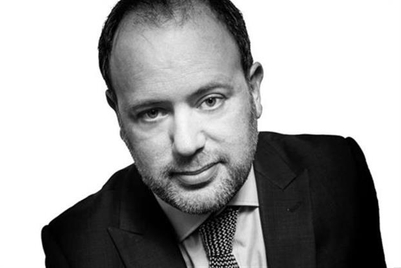+(900+x+600+px)+(3).png&h=570&w=855&q=100&v=20250320&c=1)
The news that WPP was sunsetting the GroupM brand is not a shock. While still not officially confirmed, the marketing world is now seeking to understand one of the biggest (potentially) changes in media buying history.
WPP has already made some big changes recently. In the past few years, this company has sunset iconic advertising brands such as J Walter Thompson, Young & Rubicam, Wunderman, Grey Advertising, and more. As a brand, it is not afraid to jettison its brand heritage should it feel the need.
However, the way this news emerged (via a leaked memo) quickly ignited significant global market speculation about its implications, particularly for clients and employees.
This confusion and uncertainty appear to be due to the language used in the way the announcements rolled out, with the distinct feeling that the head office in New York and London seems to forget that industry news like this was always set to become a global story.
This is made worse by the fact that in various local markets, the local execs appear to have been left out on a limb with no clear response to how this would impact the local operation, allowing speculation to drive the industry discussion. This is not an ideal situation in markets where competitors and particular indie media agencies are always circling, looking to pick up big, juicy media clients from one of the network agency groups.
So what do we know? Well, what appears clear is that GroupM will become WPP Media. GroupM, considered the largest media trading agency in the world, is no longer. More correctly, it has a new name.
Chief executive Brian Lesser announced in a memo that the company will be “moving to a single operating model that brings the best of GroupM to our clients, with one voice in the market, and more opportunity for our people.”
"Many have interpreted this as a blurring of agency boundaries that will stretch further into the service model with the move from agency-specific job titles. Lesser appears to support this speculation, noting that they will be "evolving the role of our agency brands to house dedicated client teams”, but will “no longer operate as distinct business units”.
So why is WPP doing this? Well, GroupM, which is responsible for more than $60 billion a year in media spend, is central to WPP's turnaround. This has been positioned as preparation to deliver a new future-ready product for advertisers. Still, it feels more like a cost-cutting consolidation we have seen from the major holding companies in recent times to prop up the share price and keep investors happy.
GroupM has acknowledged that the structural change means job cuts, particularly from the upper mid and senior levels. In fact, layoffs are reported to have already commenced in the US. However, junior levels also face further job cuts as AI and technology continue to replace headcount.
While it is hard to see anything in this for employees, it is equally difficult to see a lot in this for advertisers. The existing agency brands, EssenceMediacom, Wavemaker, Mindshare and T&Pm, are all in great shape, winning business and managing client relationships.
The new model appears to be four storefronts, but only one store (refer to the AI-generated image below). Reducing these to simply labels over the door to the building will likely raise a significant issue for advertisers: competitive conflicts. In recent times, agencies have struggled to fulfil these commitments with shared office spaces, the consolidation of back-end services, and group trading. The removal of agency-specific titles and agency-specific P&Ls, with the agency brands now termed ‘Homes’ for clients within a unified entity, is unlikely to provide the protections and assurances required by procurement.

WPP needs to control its messaging, not just globally but in each of its markets. Poorly managed global communications come across as the cost-cutting measures of a holding company under duress, which belies GroupM’s role as central to the WPP turnaround and transformation.
Darren Woolley is the founder and CEO of TrinityP3. He writes a monthly column for Campaign Asia called Woolley Marketing.


.jpg&h=334&w=500&q=100&v=20250320&c=1)



.png&h=334&w=500&q=100&v=20250320&c=1)

.png&h=334&w=500&q=100&v=20250320&c=1)

.png&h=334&w=500&q=100&v=20250320&c=1)


.jpg&h=268&w=401&q=100&v=20250320&c=1)
.jpg&h=268&w=401&q=100&v=20250320&c=1)
.jpg&h=268&w=401&q=100&v=20250320&c=1)



